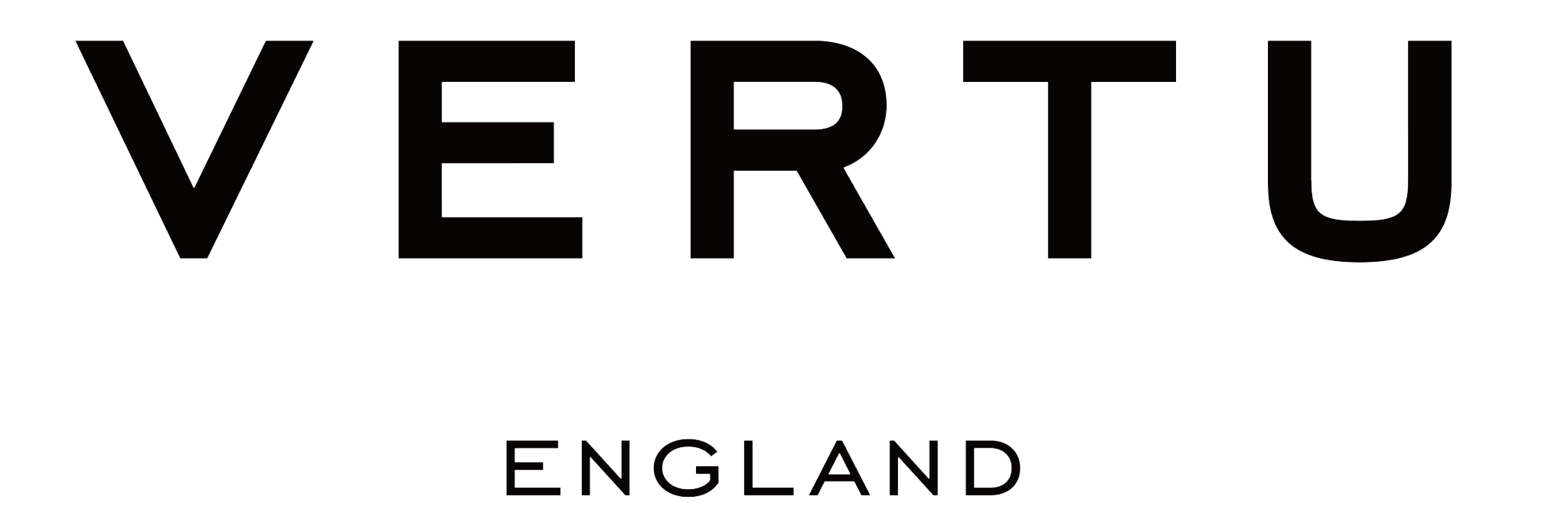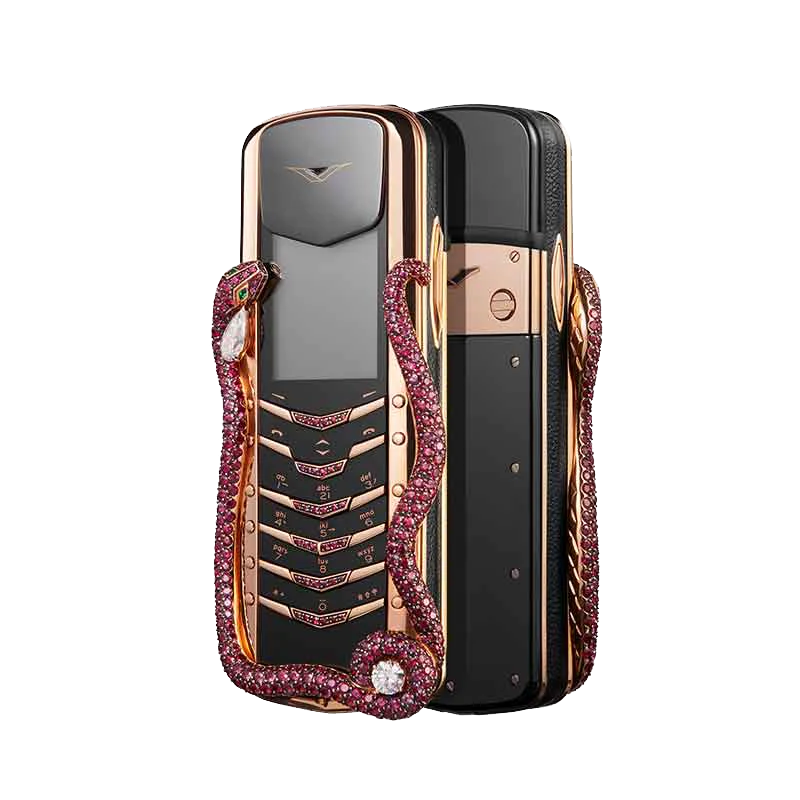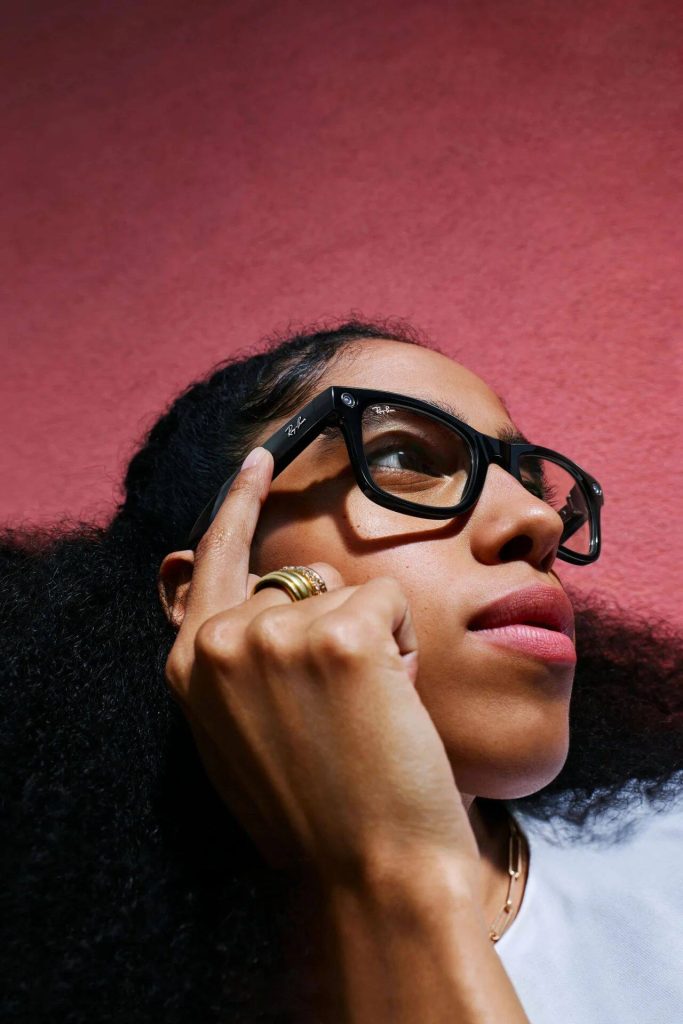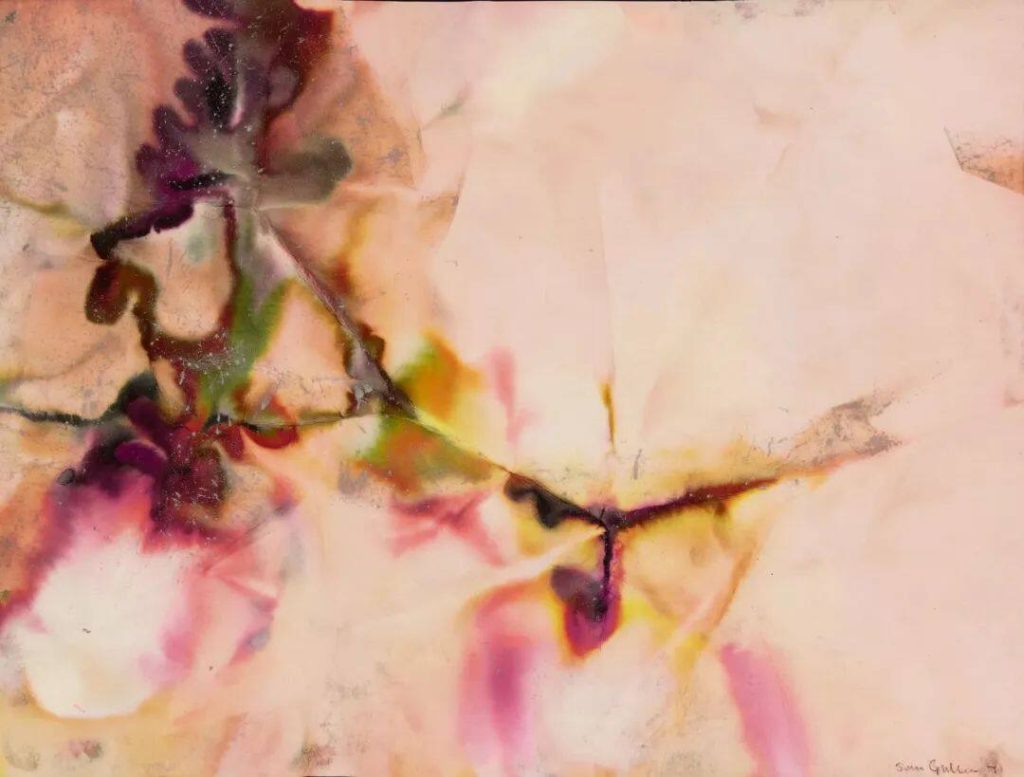In the past two years, as the popularity of minority art sections continues to rise, the art world has seen new developments – top art institutions have joined forces with primary and secondary markets to gradually bring Australian Aboriginal art into people’s view. Today, we will exclusively analyze the prospects of this type of art.

In 2022, New York, London, and Paris have set off a unique artistic trend.
At the beginning of January, Gagosian in Paris held a solo exhibition for the indigenous artist Emily Kame Kngwarreye, titled “Emily: An Australian Desert Painter”; at the end of May, Sotheby’s in New York held an auction for indigenous art, with a transaction amount of 4.53 million US dollars. At the same time, the Metropolitan Museum of Art is discussing plans for a new exhibition hall, which may use a space to display Aboriginal Australian art; the Tate Modern has announced the extension of its major exhibition “A Year in Art: Australia 1992” that opened the previous year due to the excellent audience response.
Storage and layout
“Emily Kame Kngwarreye, ‘Early Summer Flowers IV’, synthetic polymer paint on linen, 90×150cm, 1991, exhibited at Gagosian.”
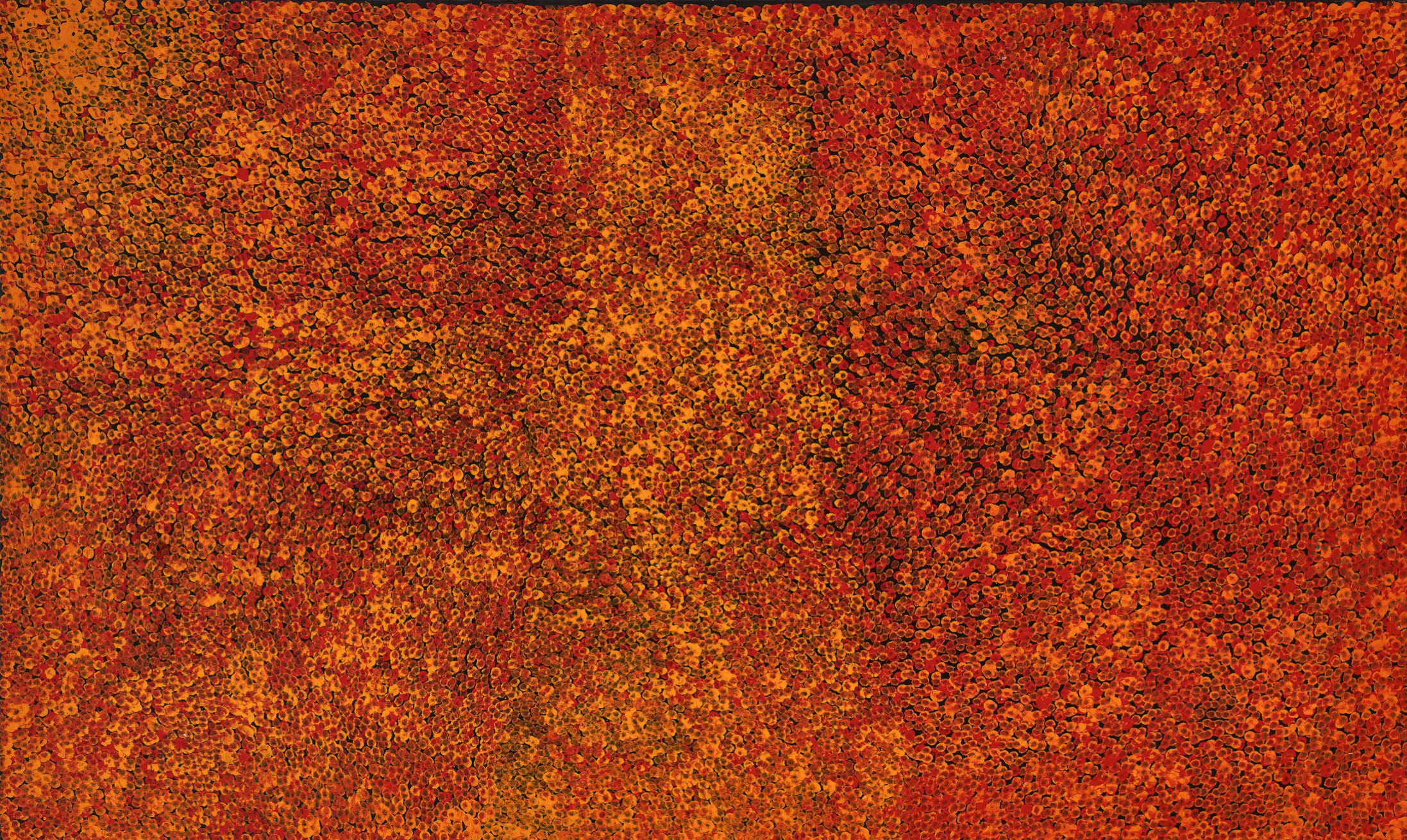
“Art Year: Australia 1992” exhibition site, Tate Modern Museum
In short, the primary and secondary markets are advancing side by side with top art institutions, creating trends, and the art world is filled with a fresh atmosphere. It originates from the indigenous people of Australia, whose art has a history of over a thousand years. The unique cosmological views and myths of this nation have created cultural symbols that are unrelated to trends, but most of their contemporary works have either adopted or preserved familiar artistic languages: dot paintings, ripples, geometric shapes, and rich colors – from a distance, they resemble abstract expressionism, but upon closer inspection, they have their own subtleties and unique style.
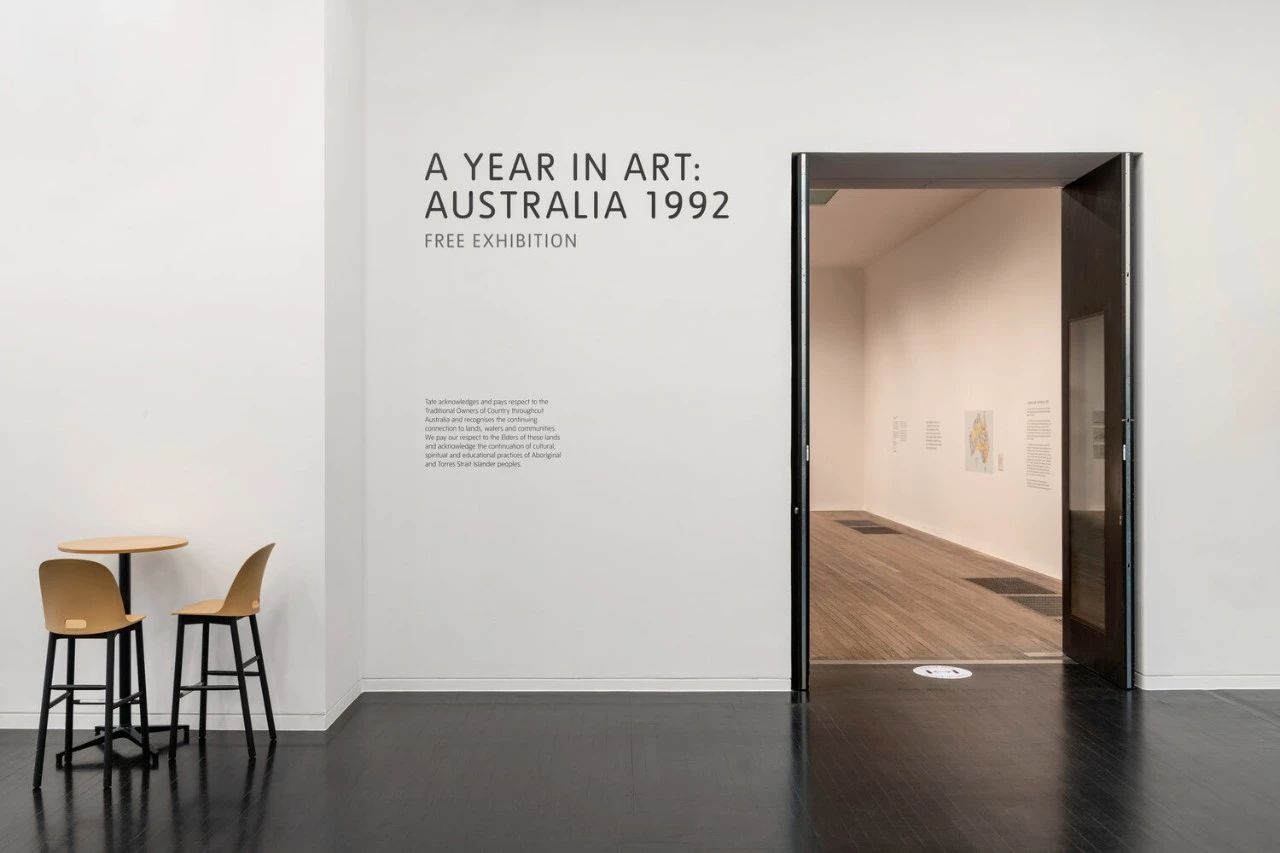
Desert Painters of Australia: Works from the Kluge-Ruhe Aboriginal Art Collection of the University of Virginia and the Collection of Steve Martin and Anne Stringfield, exhibited at Gagosian in 2019.
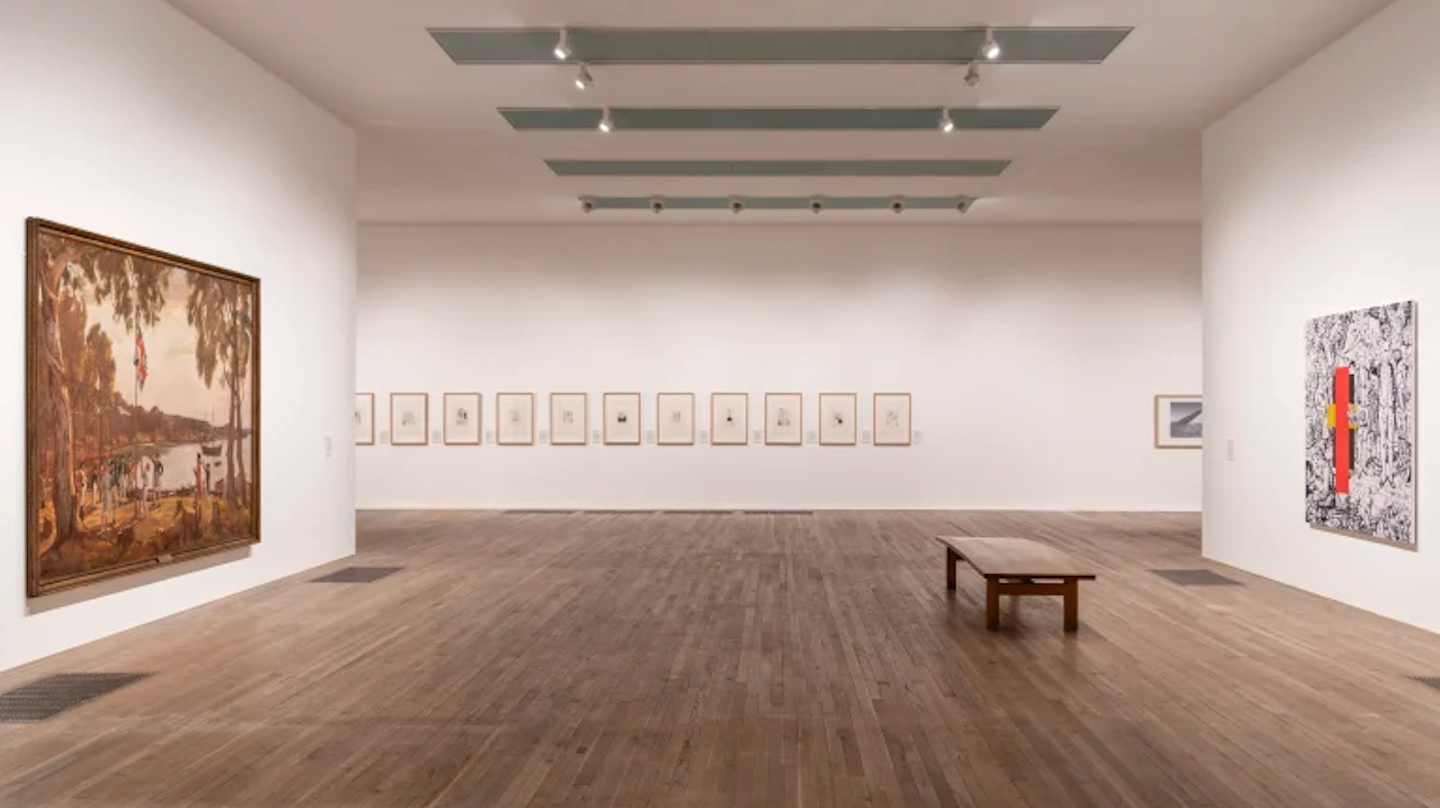
“Desert Painters of Australia: Two Generations” (Desert Painters of Australia: Two Generations), exhibited at Gagosian in 2020.
In fact, since the colonization of Australia, the indigenous people have been living outside the mainstream and have been struggling for hundreds of years. The Art Gallery of New South Wales in Sydney, as a top art institution in Australia, only started collecting works of indigenous artists in the 1950s; after the 1970s, this type of art gradually attracted widespread attention locally and entered the primary market.

Mirdidingkinathi Juwarnda Sally Gabori, “Dibirdibi Country,” Synthetic polymer on canvas, 198.5×611×4cm, 2010, Collection of the Art Gallery of New South Wales.
Since then, the art world has begun to lay out Indigenous art. Tim Klingender, Senior Advisor of Sotheby’s Australian Art, established the auction house’s Aboriginal art department in 1996; Gagosian is one of its main supporters; Hollywood “white-haired” Steve Martin has a considerable private collection; in 2019, Sotheby’s New York held its first Australian Indigenous art auction… After decades of brewing, the above phenomena seem to be conveying a commercial subtext: Indigenous art is the next trend.
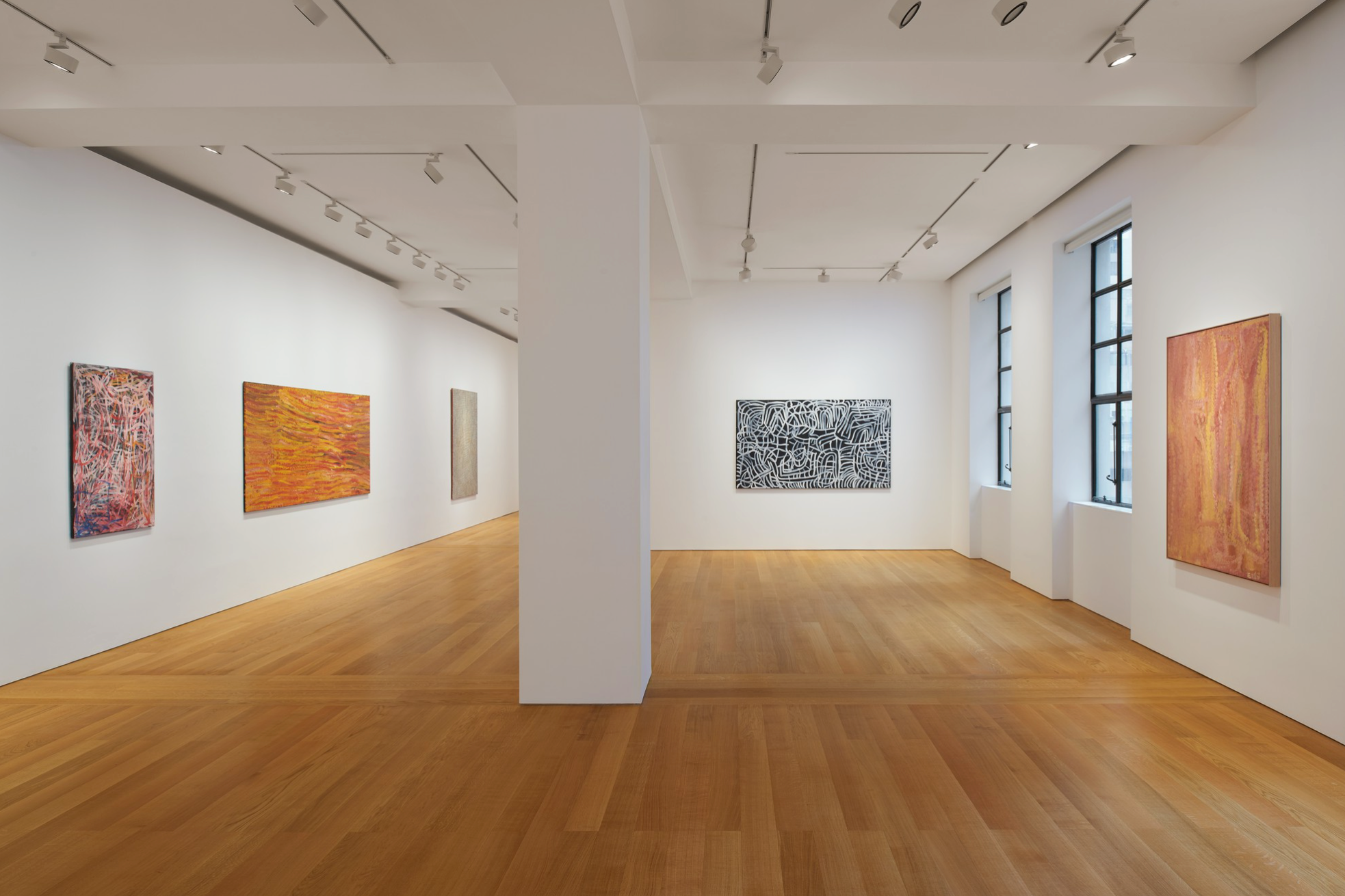
“Song of the Emu” by Steve Martin and Emily Kame Kngwarreye
Currently, this type of art has not been excessively hyped, the academic context is also being perfected, and the market is on the rise. We have selected emerging Indigenous artists in recent years and take the lead in “strategizing” this field for you!

Artist Emily Kame Kngwarreye
Emily Kame Kngwarreye holds a prominent position in the Indigenous art market. Living in the remote desert region of Utopia in Australia, her creation began eight years before her death, with approximately 3,000 works showcasing her astonishing creativity to the world. Her works often feature meticulous dots that converge into meandering water ripples, also using this method to display the native flora and fauna and the universe. Emily’s use of dots and lines has changed the way Indigenous people participate in contemporary art, becoming a strong watershed, with many followers imitating her style.

*Emily Kame Kngwarreye, “Merne Everything V,” paint, polymer, polymer paint, wood panel, photograph, map, 118.4×352.4cm, 1993, sold for $504,000 at Sotheby’s in 2022.
In 2015, the artist’s work was featured in the main exhibition “All The World’s Futures,” curated by Okwui Enwezor at the Venice Biennale. With the support of heavyweights such as Gagosian, she has firmly secured her position as a leading figure in Indigenous art.*
Head Artist: Recommended index 5 stars
In addition to Gagosian, Salon 94 is also a supporter of Indigenous art. The gallery’s director, Jeanne Greenberg Rohatyn, is not only the art advisor to Beyoncé and Jay-Z but also a member of the jury at the Frieze Art Fair. Most importantly, her keen artistic sense gives her the ability to turn something ordinary into something extraordinary.
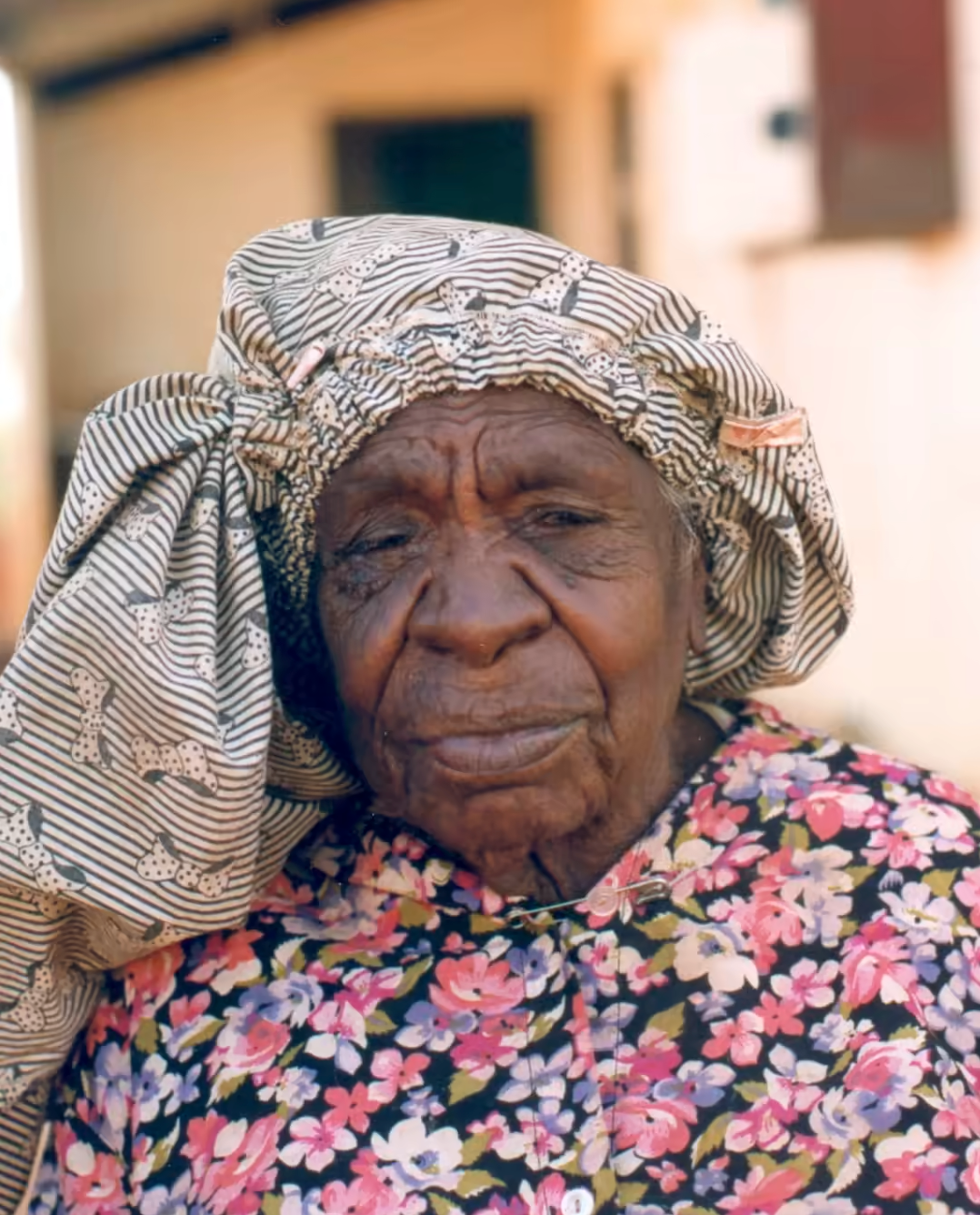
Beyonce in front of Yukultji Napangati’s artwork
Previously, Salon 94 represented Australian painters Yukultji Napangati and Warlimpirrnga Tjapaltjarri. Both are members of the “Pintupi Nine” group living in the Western Australian desert.
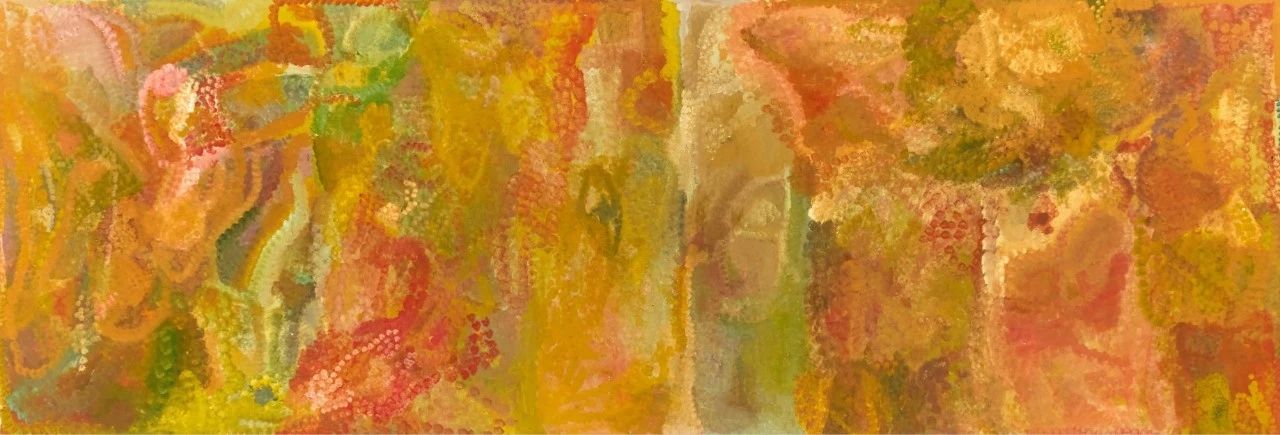
Yuketi Napangarti
Potential stocks: 4 stars recommended index
Walangkura Karla Jagala
Yukultji Napangarti’s works primarily depict the “Dreamtime” (Tjukurrpa), which is the Indigenous culture’s description of the origin of power and the way of perceiving the world. Her “dreams” are filled with floating and rotating dot paintings, forming mottled and undulating vertical ripples. Walangkura, on the other hand, focuses on depicting the “Tingari Cycle” from mythology, created with thousands of concentric lines, resembling a maze and exuding an Op Art atmosphere.

Yuketi Napangardi – Untitled, Acrylic on linen, 183x153cm, 2015

Walangkura Napanangka Tjapaltjarri, Untitled, acrylic and linen, 186.4×151.8×5.7cm, 2019.
In addition, at the end of 2021, the Miami Basel Art Fair, the group exhibition at Salon 94 also presented the works of Angelina Pwerle. Like Emily, she also comes from the Utopia region, and her creation focuses on the local bush plum shrubs. It is still the familiar dot painting, and Angelina’s works are particularly magnificent and full of vitality.

Angelina Poul’s “Bush Plum (10-405)”, acrylic on canvas, 151.1×337.8cm, 2015.

Compared to the former, Mildin Dingjia Shi Yuwa Da Saly Gabori’s works are more daring in their expression. A large number of strongly contrasting and poetic color blocks form the artist’s reminiscence of the style of the Kayadirte tribe in his hometown.
Saly Gabori has a high starting point on the international stage – last July, her solo exhibition “This is my land, this is my sea, this is who I am” was inaugurated at the Cartier Foundation. It can be anticipated that the artist will also be among the top indigenous art markets.
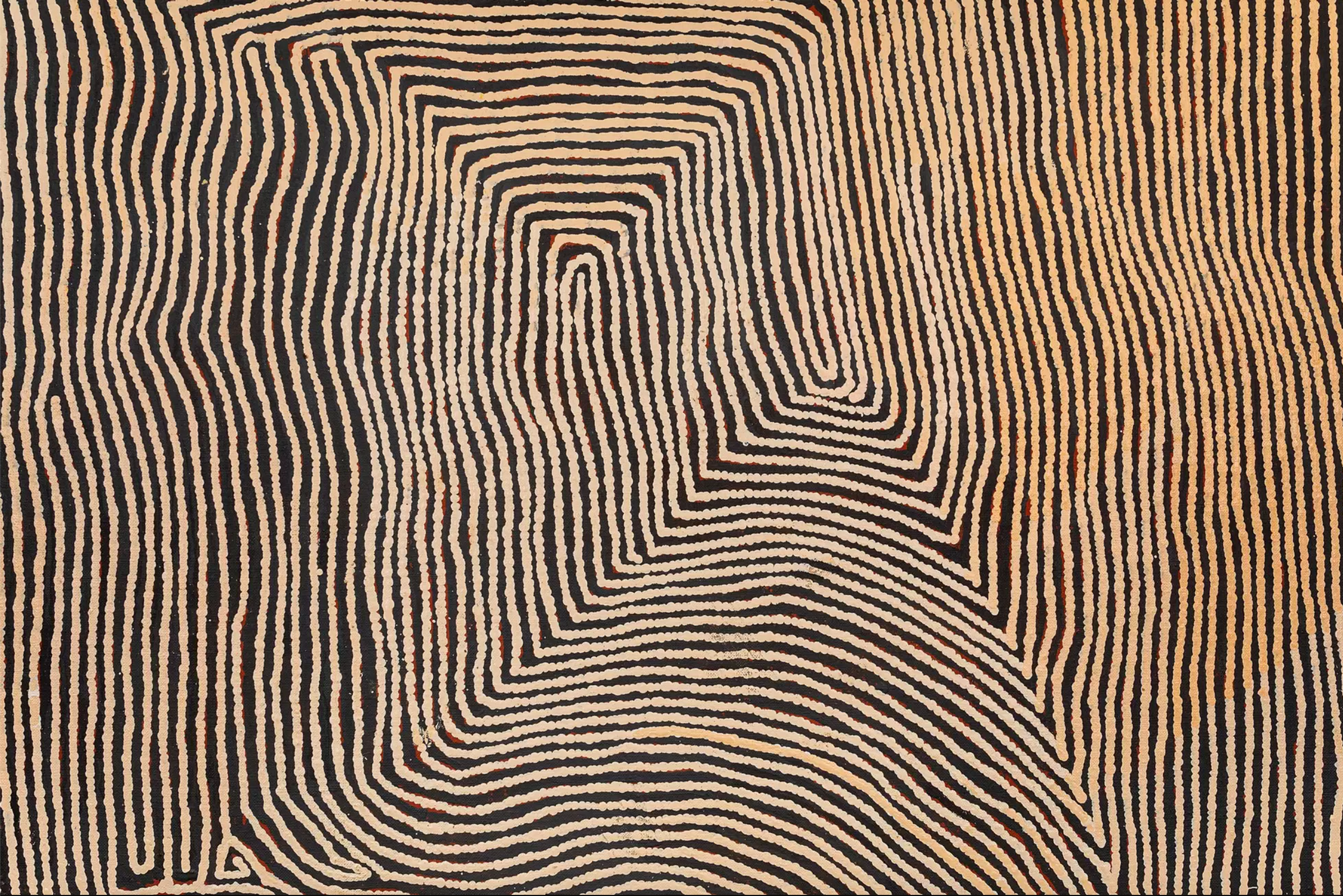
“This is My Land, This is My Ocean, This is Me” exhibition site, Fondation Cartier, 2022.

Sally Gabori, “Dibirdibi Country,” 2010
New faces: 3 stars recommended
Opportunities abound, but challenges are also numerous. The continuous heating up of indigenous art in a sluggish art market is still good news. However, due to the localized and exclusive art ecosystem, will these works be a niche game?
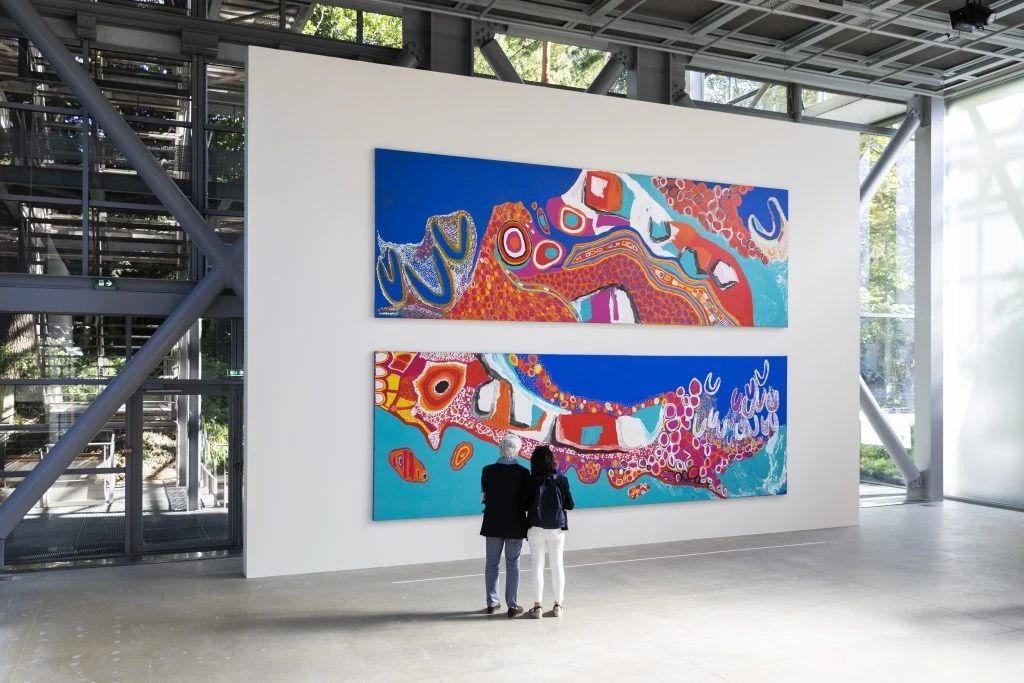
- Mick Namarari Tjapaltjarri, “Untitled (Artist’s Grandmother’s Country)”, oil on canvas, 160×160cm, 1990, sold for $302,000 at Sotheby’s in 2022. *

Makinti Napanangka’s “Lupulnga”, oil on canvas, 183x244cm, 2003, sold for $214,000 at Sotheby’s in 2022.
In fact, the art world has long been studying decolonization. The 15th Documenta exhibition in Kassel delved into this topic once again. Also last year, the SANAA architectural firm completed the expansion of the New Museum of Contemporary Art on schedule. The exhibition planning of this new building will be closely centered around Indigenous art, including the Yiribana Gallery dedicated to telling the story of Aboriginal and Torres Strait Islander art. As the director, Michael Brand, said: “Understanding the history of Sydney must start from the beginning – that is, the Indigenous nation.”
This is not an isolated phenomenon – outside of Australia, the Ipiranga Museum in Sao Paulo, Brazil, reopened after a ten-year closure, and will face Indigenous culture and past violent history through curation…
Opportunity or challenge
The interior of the Yiribana Gallery at the Art Gallery of New South Wales.

Indigenous artist Lorraine Connelly-Northey was commissioned by the Art Gallery of New South Wales to create the work “Narrbong—galang” in 2022.
It is evident that challenging the Western mainstream narrative has become a prevalent trend. Just as there is increasing attention to minority groups such as female and African-American artists, Indigenous art is also set to take the stage. However, despite the art world’s newfound appreciation for it, it is undeniable that the collection of Australian Aboriginal art still faces resistance at this stage.
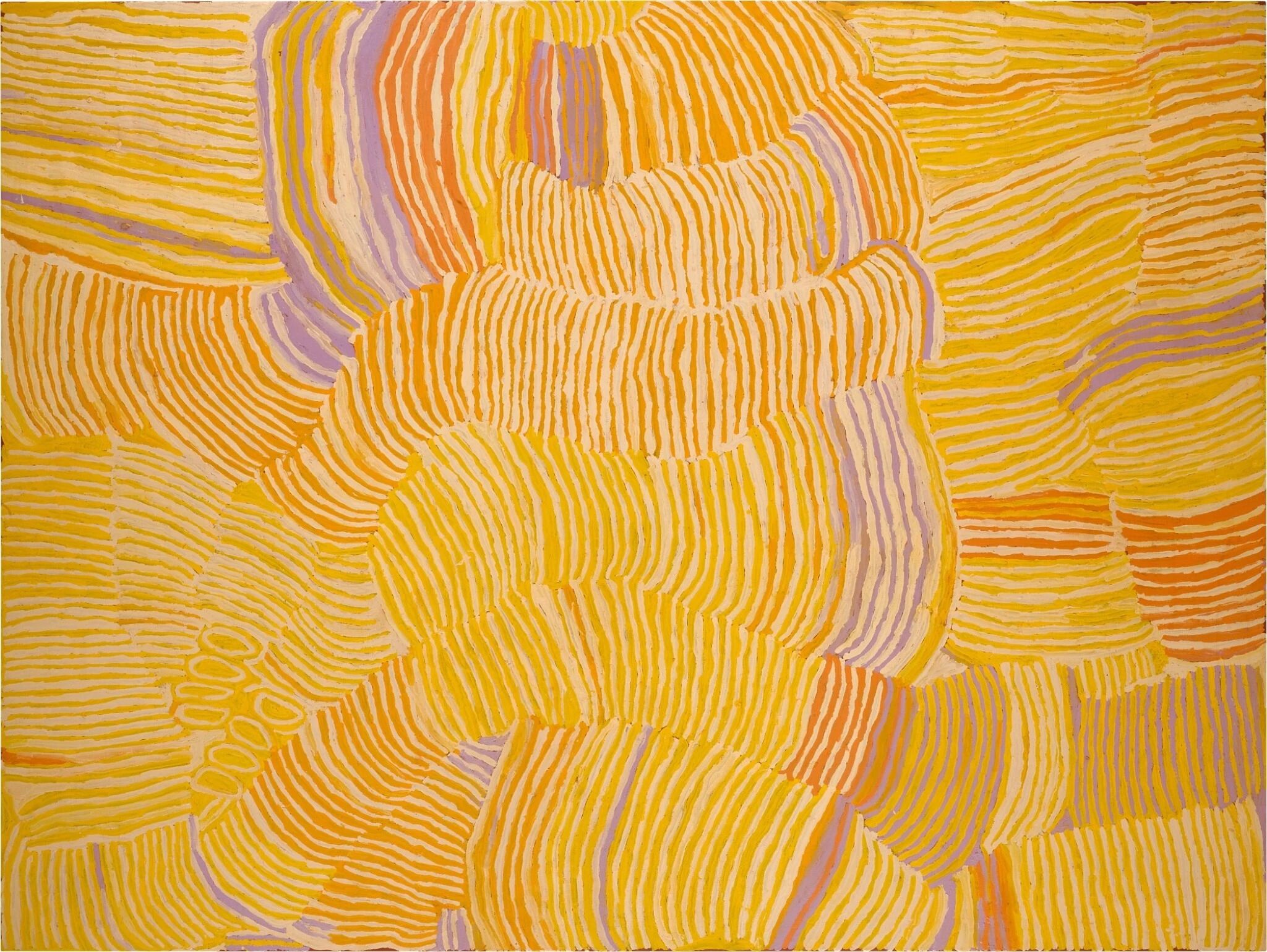
Firstly, as can be seen from the works mentioned above, there is a serious “homogenization” in the creation of indigenous peoples – there is a huge cultural gap between indigenous art and collectors. Even though most artists who are sought after by the market create works in similar ways, the cultural significance is not the same. Therefore, the popularization of indigenous culture still has a long way to go.
Secondly, artistic creation is the main source of income for indigenous people in remote areas of Australia, and only works of art with a “code certificate” (The Indigenous Art Code) can be considered “genuine”. The circulation of counterfeits and exploitation of artists by non-indigenous dealers still exists. Therefore, as Tim Klingender believes, the origin and procurement methods of indigenous art are crucial.
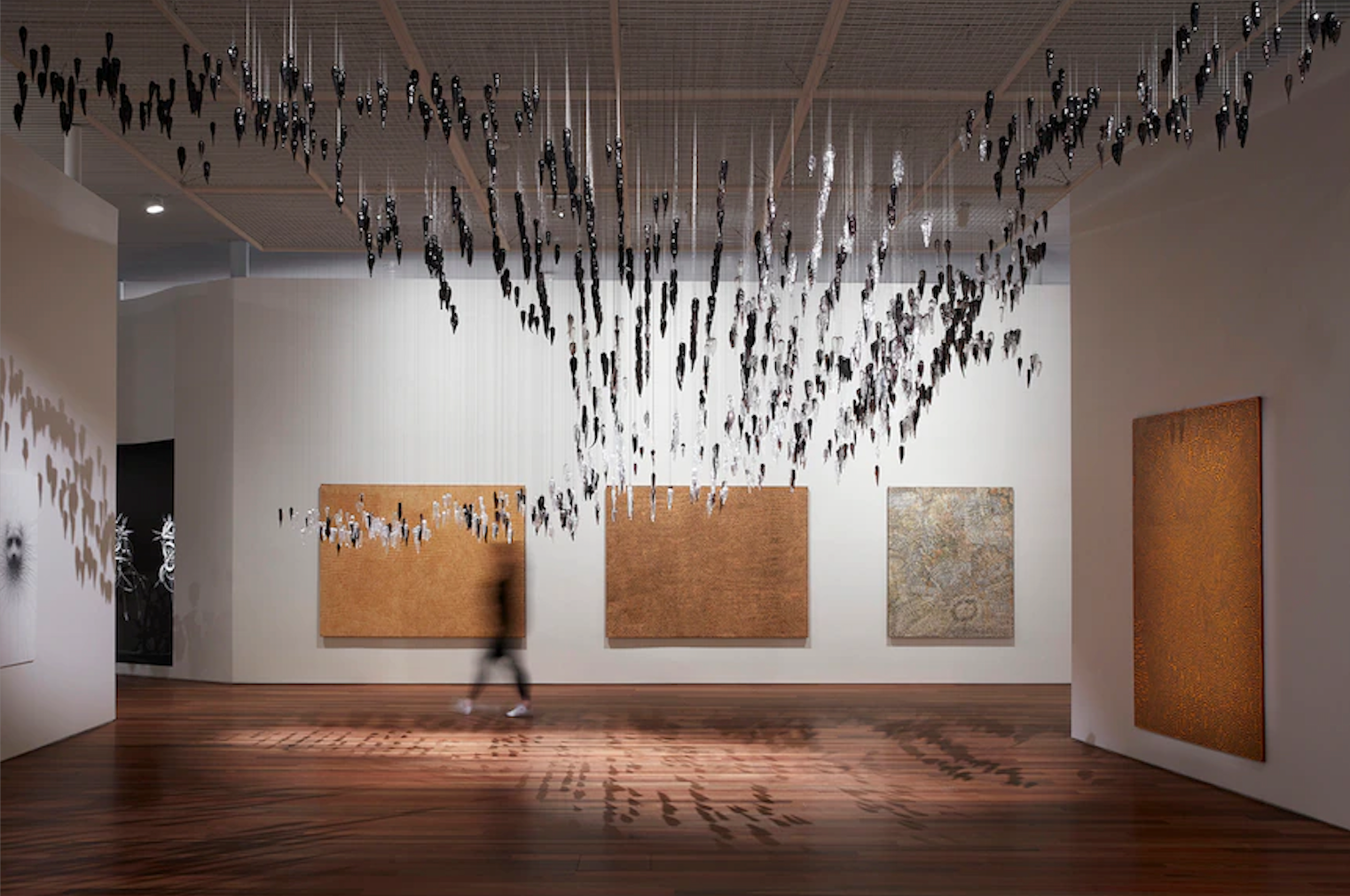
Emily Kame Kngwarreye’s “Summer Celebration,” polymer and linen, 121x302cm, 1991, sold for $596,000 at Sotheby’s in 2019.
However, everything is still in its infancy. Compared to the hundreds of millions of masterworks, Indigenous art is still a hot land waiting to be explored. In 2020, the Kelton Collection, known as “the most comprehensive collection of Australian Aboriginal art,” was partially transferred to Swiss collector and financier Bruno Raschle – international collectors have shifted from watching to boldly buying Indigenous art. After all, they have been creating silently for too long before the spotlight of the art world shone on the Southern Hemisphere. Whether this field can take off with the trend of globalization in the future is worth looking forward to.

